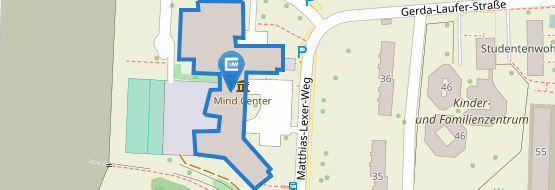Von der Blüte ... in die Wabe ... ins Glas
Von der Blüte ... in die Wabe ... ins Glas. Konzeption eines Lernpfades zum Thema Honigentstehung für die dritte Klasse
Autorin: Daniela Hasler
Betreuer: Roland Biernacki
This exposition is about the planning of a didactical conditioned out-of-school learning place with the subject honey or more specifically the genesis of honey, with a special look at the work of honeybees. In the context of this work the benefits of an out-of-school place have been elaborated from former empirical studies about such learning places, which have already been developed years ago, like “the Green Classroom” in Ulm. Those investigations have revealed positive results, as they showed, that that the advantages of these learning-places outweigh the disadvantages because most of the children learned more intensive or better at an out-of-school-place. Against this background it seems to be reasonable to to use such a construction for teaching sth about one of the most important animals in the world. The honeybees account for more than 30 percent of our food, as they are primarily responsible for dusting the plants. As a result, our human being has to take care of them and look for the preservation of these insects. Otherwise, we will have to deal with massive problems in a couple of years – in a magnitude we cannot imagine yet. It’s important to call children’s attention to humans‘ responsibility for our planet and its nature, all people have. To sensitize young pupils to their environment and showing them problems and ways to solve them is a very effective way because the younger they make their experiences, the better it stays in their mind and educates an A very effective way to reach this aim is to sensitize young pupils by showing them environmental problems and possible solutions. The younger they are the better it stays in their mind and a more sustainable consciousness can be established.
Aside from this purpose the honey-workstations are build to catch the attention of children aged eight to ten. This should be deemed a first step to arouse the interest for bees and to develop a desire to learn more about these animals. Hence, the work at the stations has to be motivating and suitable for the visitors. That is the reason why the stations are based on a questionnaire, which captured the interests pupils have in the third class of a German primary school. Not only the subject genesis of honey was developed from it, but also the preferred method of operating in biological education has been found out. The experimentation was elected the most, so at every work station (station 1 to 3) there is something to find out by using hands. Building knowledge on your own by acting yourself is a very modern and effective way of learning, that John Dewey called „Learning by doing” in the 20th century.
This exposition explains the construction of the stations that teach children the most important aspects about the process of honey (from the origin in the plant to the product in the glas we can buy). Furthermore, every step is supported by didactical deliberation. This work will serve as the basis for the realization of the named project in future. Consequently, many pupils will profit from this out-of-school-learning place as it will activate their intrinsic motivation to learn about one of the most important animal on our planet and its environment.



